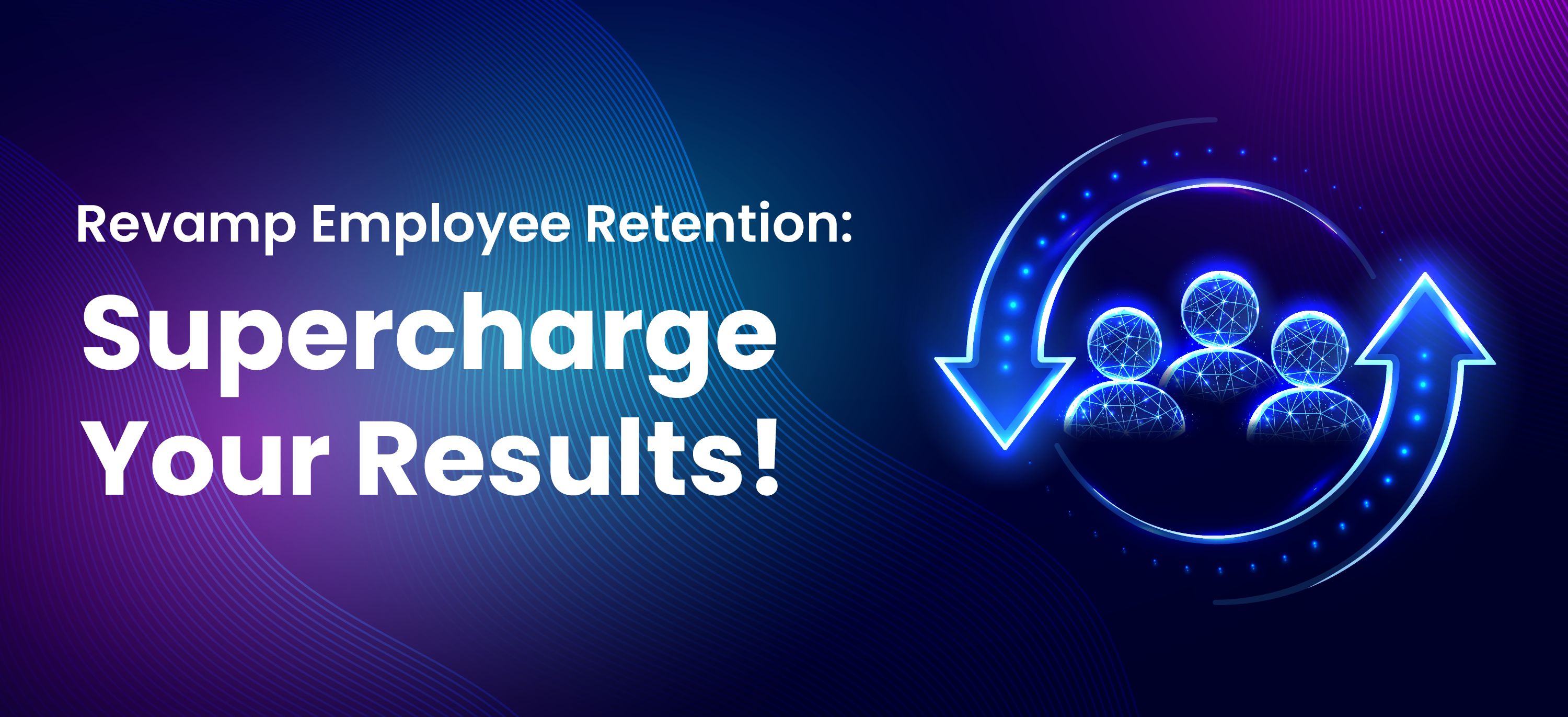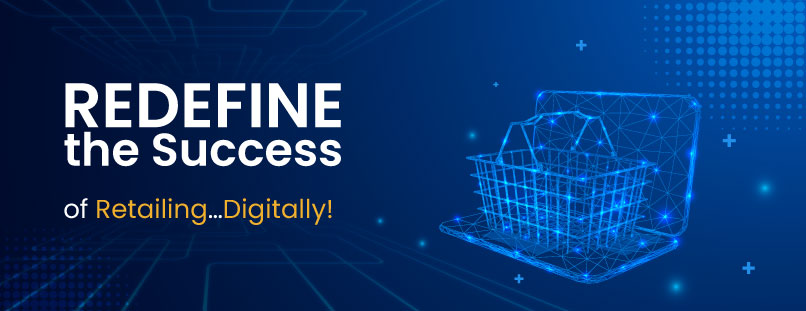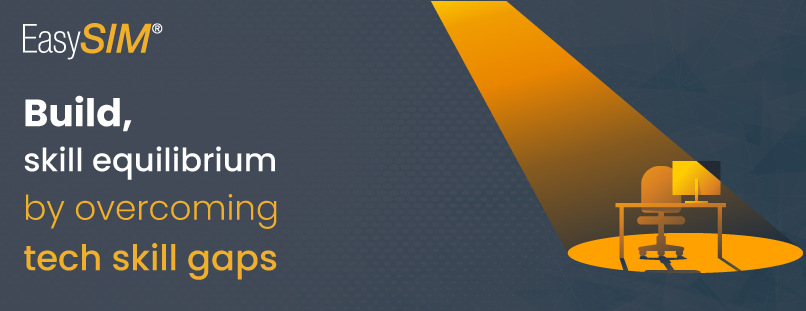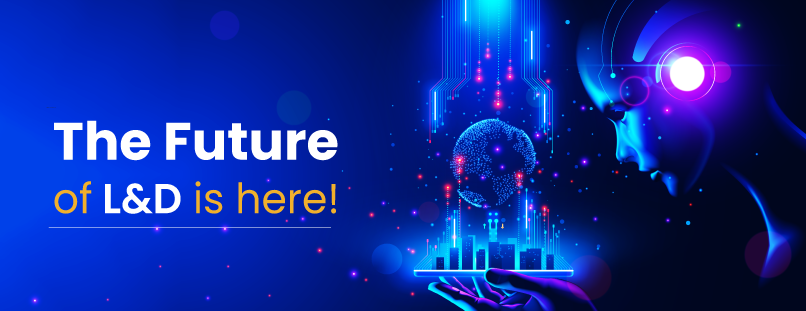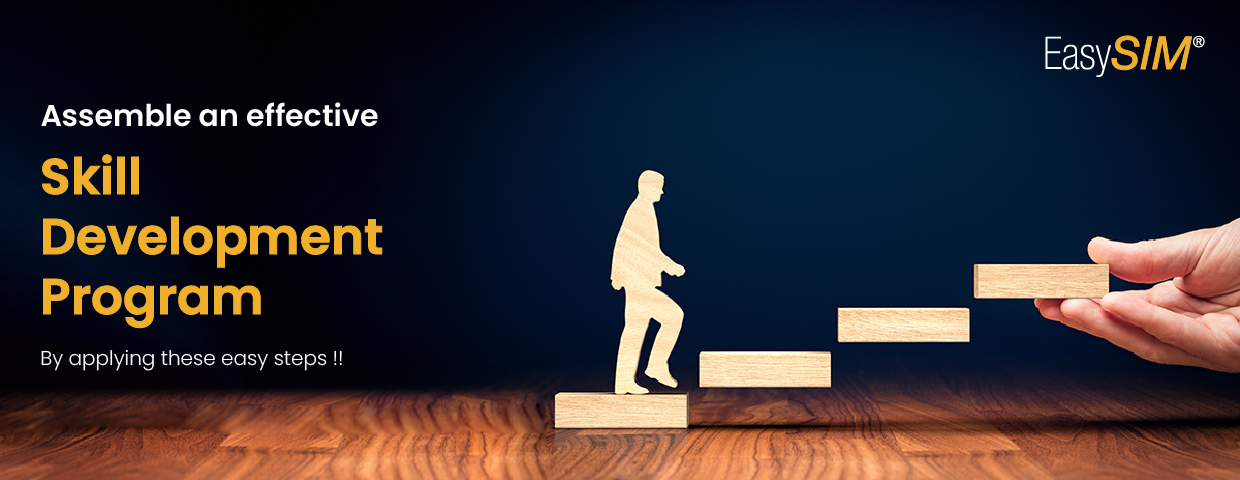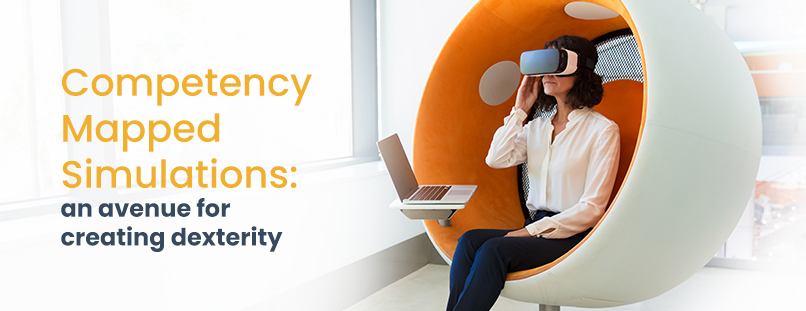Introduction
Leveraging Millennials (or Gen Y, anyone born between the year 1980 and 1995) as an influential cohort of skilled, vigorous, and key drivers of the business will require a change in the core dynamics of an organization for many reasons:
- This generation has been raised in proximity with modern technology.
- They underpin diversity in all forms as one of the precursors of organizational growth and progress.
- As per the annual Deloitte Millennial (Generation Y) Survey, Millennials will comprise the largest segment of the workforce, which is 75% by 2025.
- They are eager to bring a positive impact to society, address social stigma and adopt sustainable measures to protect the environment.
- They want to work for organizations that promote innovative and independent thinking.
- Being a digitally committed generation, they deviate from what traditional businesses offer. What sets them apart the style of working influenced by digital technology, flexibility defined by work-life balance, and productivity measured by ‘quality of output’ instead of ‘quantity of hours’.
As these core dynamics are influencing the world of work, particularly the paradigm of learning, it is essential that businesses revise their training programs and address the needs and suitability of Millennials.
Millennials, regarded as thought leaders in this techno-savvy world, are recreating a path of learning and vision that coincides with their digital emporium.
Training Hacks for Millennials
What was suitable to the needs of prior generations may not necessarily apply to the needs and expectations of Millennials. Recognizing and accepting such differences will help organizations formulate customized solutions that will foster employee retention, build a sense of community, and form engaged work personnel. Therefore, organizations need to redesign their training design to capture the interests and behavior of Millennials.
Here are some of the key considerations that organizations should adopt to successfully deliver training programs that cater to Millennials’ mindset, attitudes, and aspirations:
- Leverage Technology
Millennials have an intimate relationship with technology as they are the first generation to have witnessed its emergence. Unlike the on-the-verge-of-retirement Baby Boomer generation, who did not have an appetite for digital technology, for the Millennials, this tech-savvy nature is a swift transition for them as they were immersed in the digital world from the beginning. This is why organizations have become wary of targeting and attracting Millennials in the most suitable manner that aligns with their expectations and training preference. Millennials see technology as a flexible domain for learning and remote work opportunities. Their approach to digital-centric learning emanates from their affinity to social media platforms and online networking. They rule out the traditional organizational structure and want to adopt digital-friendly learning for greater flexibility with respect to location, commute, or work schedule, and higher learning efficiency. - Experiential Learning
Millennials have higher expectations from learning technology that can provide them with an efficient user experience and practical application in a risk-free environment. Experiential learning is a pathbreaking solution to give employees real-life experience in a simulated environment. Learners are in complete control of their learning, where they need to solve complex problems and challenges. This has been used in corporate training to analyze employees’ proficiency in handling difficult situations that require soft skills.
Their response to these situations helps determine how they will solve the problem in their actual job situations. These scenarios consider multiple perspectives that can derive the employee’s decision-making power, rational thinking, problem-solving skills, and critical thinking in different scenarios in the real workplace. - Microlearning
The conventional learning approach is no longer a feasible alternative that will yield the same results as it did for non-Millennials. Microlearning has become an effective eLearning solution for acquiring on-the-job knowledge and skills. It is a mobile-friendly, accessible way of getting enormous benefits out of bite-sized units of content that require minimal time and costs.
Microlearning has demonstrated a strong sign of creating an engaging learning culture for workplace training for its brevity and agility. Learners can now easily absorb and retain information on the go! - Gamification
Organizations are increasingly incorporating gamification for enhanced and dedicated learning experiences by making training programs game-like and engrossing.
Gamification is seen as an antidote for mental withdrawal as it stimulates learners’ engagement with the content using gaming elements. In this type of adaptation, learners are transported to an immersive learning environment and undergo a contextualized visual journey, making them experience the actual work milieu with the help of simulated learning. If you want Millennials to get the most out of their training programs, start gamifying your training for increased motivation, robust engagement, and better absorption of information. - Feedback-based learning
Millennials embed purpose in whatever they are doing. They are curious to know the reason behind doing a particular task and how it can impact the organization. They are constantly on the lookout for detailed-cum-straightforward feedback and mentorship from their instructors. Training and Assessments that support feedback-based learning will not only help make them learn from their mistakes and rectify their deficiencies but also provoke their thinking to reattempt, relearn, and redefine their learning path. - Personalized and adaptive learning
In view of Millennials’ changing business order, organizations are drifting away from the ‘one-size-fits-all’ strategy to prioritize individual learner’s needs. Organizations now prefer to give autonomy to the learner by tailoring the training according to learners’ individual learning needs to allow continuous self-paced learning. Millennials want training programs that enable learners to have complete control of their learning path, that is, choosing what, how, where, and in how much time they want to learn. An ideal digital learning solution will allow employers to simulate real job scenarios in any given format and apply them at diverse linear or branched decision points tagged against multiple competencies to assess learner’s competencies, on-the-job performance, and skills gaps. - Learning and Competency Gap Analysis
Learning and Competency Gap Analysis is a systematic examination of the learner’s current knowledge and competencies as opposed to what a learner should know for further professional development. Learners should be allowed to monitor their progress individually against the expected standard as well as with respect to other groups and departments. Through regular assessments, they can hone their skills with the help of skill-specific training after identifying the performance gaps, strengths, and areas of improvement. - Team Collaboration
Millennials give importance to a collaborative and team-oriented cohesive workforce that is open to transparent communication and ideas. They don’t believe in the monopoly of a single person or group. Instead, they want to reinvent the approach to work premises by unifying the team members with their overall vision. They want training to be designed in a way that brings standardization of competencies and skill sets so that everyone strives to achieve role-based competency and skill benchmark. To hit business goals, there is no better place than a team-based digital tool that helps organizations identify individual skills and competencies paralleled against the set benchmark. This will ensure implementation of remedial techniques, accurate placement as per training needs analysis, and exponential growth. Organizations need to transform the learning environment propelled by a close-knit setting.
Conclusion
Today, you cannot choose the same guiding strategy on a different set of learners for years to come. If you do, you will lose ground. Therefore, organizations need to dynamize their training program that sees eye-to-eye with a diverse workforce and, at the same time, overall business vision. Modeling corporate learning that meets the needs of millennial talent will be a vital landmark in employee career progression and business value.


